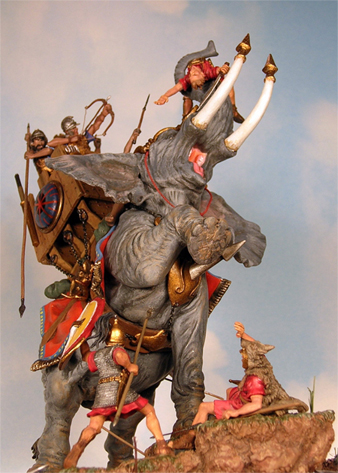
By LTC James Parker, U.S. Army War College
A close examination of the 2d Punic War reveals many lessons at the strategic level of war that endure to this day. Hannibal and Carthage failed when their inherent strategic weakness was confronted by the more robust and resilient Rome. Roman strategy effectively combined all elements of national power into a coherent, war winning strategy. A national strategy should be directed at the enemy?s strategic center of gravity.
In both opponents the strategic center of gravity was the political will of the respective governments, the Roman Senate and the Carthaginian oligarchy. Rome successfully attacked the Carthaginian center of gravity while the Carthaginians pursued a more peripheral strategy aimed at the allies of Rome. Carthaginian strategy focused almost solely on its military strategy, committed to war with Rome by a general unable to muster the strategic resources to win. Carthage never effectively employed its naval forces in concert with its land forces.
Hannibal?s successes point out the importance of training and experience in senior leaders. The strategic assumptions of a campaign plan must be valid for that plan to succeed. Hannibal?s campaign was based on the invalid assumption that Rome?s allies would defect following defeat of Roman armies in the field. Finally successful campaigns consist of operations linked in space and time. Rome succeeded in linking their widely separated operations in Italy, Sicily, Greece, Iberia, and eventually North Africa. This paper looks at the 2d Punic War at the strategic level and attempts to answer question of why one of the ?great captains? of military history failed so completely.
Image Note: Miniature produced by Jim Dero.
No comments:
Post a Comment